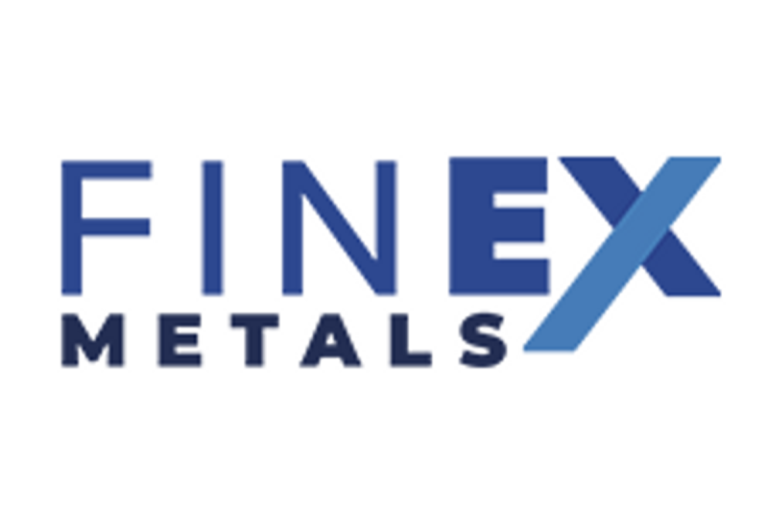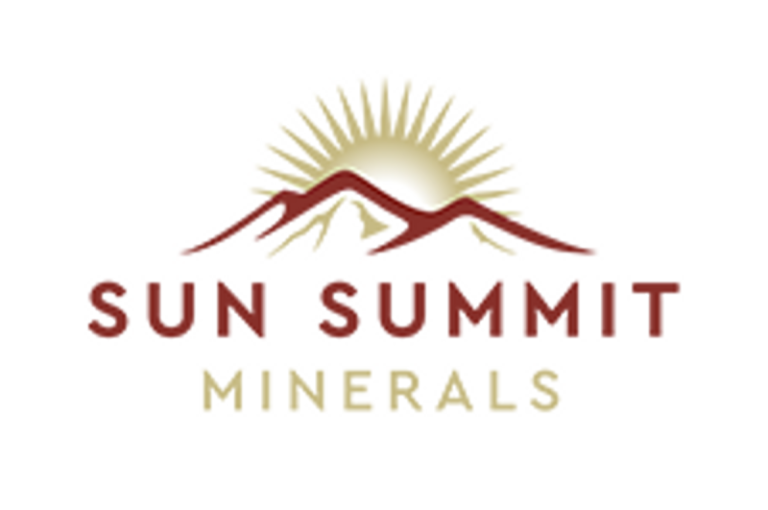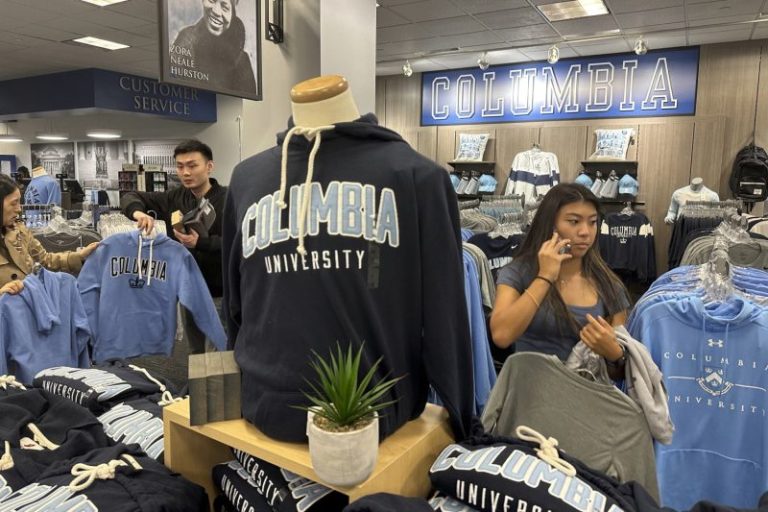(TheNewswire)
Vancouver, British Columbia, August 5, 2025 TheNewswire – FinEx Metals Ltd. (TSX-V: FINX) (‘FinEx’ or the ‘Company’) is pleased to announce it has commenced diamond drilling on its 100% owned Ruoppa gold project, located in the Central Lapland Greenstone Belt of northern Finland.
The initial drill campaign is expected to comprise approximately 2,500 metres of core drilling and is designed to test high-priority targets defined by earlier trenching and Top of Bedrock drilling. Drilling will focus on the Ruoppa East area where a series of high-grade gold targets intermittently extend over approximately 2.7 km (Figure 1). High-grade rock grab samples from trenches include 52 samples that returned values greater than 1 g/t Au with the highest value returning 95.1 g/t Au, within a broad zone of orogenic quartz veining extending over approximately 250 metres.
Tero Kosonen, Chairman and Chief Executive Officer of FinEx, comments: ‘We are excited to commence our inaugural diamond drilling at Ruoppa, a significant milestone for FinEx. The results from this program will greatly enhance our understanding of the project’s potential and help clarify the distribution and continuity of the gold-bearing veins at Ruoppa and within this highly prospective district.’
Click Image To View Full Size
Figure 1. Map of Ruoppa project area showing a series of high-grade gold targets that intermittently extend over approximately 2.7 km, and location of first-pass drilling where high-grade rock grab samples from trenches include 52 samples that returned values greater than 1 g/t Au with the highest value returning 95.1 g/t Au, within a broad zone of orogenic quartz veining extending over approximately 250 metres.
Click Image To View Full Size
Figure 2. First drill hole commences at Ruoppa gold project.
About the Ruoppa Project
The Company’s flagship Ruoppa project is situated in the Central Lapland Greenstone Belt in Finland, adjoining Agnico Eagle’s Kittilä mine land position, the largest gold mine in Europe, and in proximity to the land position that hosts Rupert Resources’ recent Ikkari discovery. Previous work by FinEx identified a series of high-grade gold targets that extend over approximately 2.7 km. High-grade rock grab samples from trenches include 52 samples above 1 g/t Au with the highest value measuring 95.1 g/t Au, within a zone extending over 250 m. Ruoppa is fully permitted for drilling and a first-pass diamond drill program commenced in August 2025. For more information on the Ruoppa project, refer to the NI 43-101 Technical Report dated April 14, 2025, as filed on SEDAR+ at www.sedarplus.ca.
About FinEx Metals Ltd.
FinEx Metals Ltd. (TSX-V: FINX) is a gold-focused mineral exploration company with a portfolio of 100% owned, royalty free projects near existing mining operations in the Central Lapland Greenstone Belt in Finland.
For more information, please visit the Company’s website at www.finexmetals.net.
FinEx Metals is part of the NewQuest Capital Group, a discovery-driven investment group that builds value through the incubation and financing of mineral projects and companies. Further information about NewQuest can be found on the company website at www.nqcapitalgroup.com.
Qualified Person
The scientific and technical information contained in this news release has been reviewed and approved by Dr. Petri Peltonen, MAusIMM(CP), EurGeol, a ‘Qualified Person’ (‘QP’) as defined in National Instrument 43-101 – Standards of Disclosure for Mineral Projects. Dr. Peltonen is not independent by reason of being a Contractor and Shareholder of the Company.
On Behalf of the Board of Directors
Tero Kosonen
Chairman and Chief Executive Officer
+1 (604) 681-9100
tero@finexmetals.net
For further information, please contact:
Brennan Zerb
Investor Relations Manager
+1 (778) 867-5016
mailto:bzerb@nqcapitalgroup.com
Neither the TSX Venture Exchange nor its Regulation Service Provider (as the term is defined in the policies of the TSX Venture Exchange) accepts responsibility for the adequacy of accuracy of this news release.
Forward-Looking Statements:
This news release includes certain forward-looking statements and forward-looking information (collectively, ‘forward-looking statements’) within the meaning of applicable Canadian securities legislation. All statements, other than statements of historical fact, included herein including, without limitation, statements regarding the proposed listing on the TSX Venture Exchange, future capital expenditures, exploration activities and the specifications, targets, results, analyses, interpretations, benefits, costs and timing of them, and the anticipated business plans and timing of future activities of the Company, are forward-looking statements. Although the Company believes that such statements are reasonable, it can give no assurance that such expectations will prove to be correct. Often, but not always, forward looking information can be identified by words such as ‘pro forma’, ‘plans’, ‘expects’, ‘may’, ‘should’, ‘budget’, ‘scheduled’, ‘estimates’, ‘forecasts’, ‘intends’, ‘anticipates’, ‘believes’, ‘potential’ or variations of such words including negative variations thereof, and phrases that refer to certain actions, events or results that may, could, would, might or will occur or be taken or achieved. Forward-looking statements involve known and unknown risks, uncertainties and other factors which may cause the actual results, performance or achievements of the Company to differ materially from any future results, performance or achievements expressed or implied by the forward-looking statements. Such risks and other factors include, among others, risks related to the anticipated business plans and timing of future activities of the Company, including the Company’s exploration plans and the proposed expenditures for exploration work thereon, the ability of the Company to obtain sufficient financing to fund its business activities and plans, the ability of the Company to obtain the required permits, changes in laws, regulations and policies affecting mining operations, the Company’s limited operating history, currency fluctuations, title disputes or claims, environmental issues and liabilities, as well as those factors discussed under the heading ‘Risk Factors’ in the Company’s prospectus dated June 13, 2025 and other filings of the Company with the Canadian Securities Authorities, copies of which can be found under the Company’s profile on the SEDAR+ website at www.sedarplus.ca.
Readers are cautioned not to place undue reliance on forward-looking statements. The Company undertakes no obligation to update any of the forward-looking statements, except as otherwise required by law.
Copyright (c) 2025 TheNewswire – All rights reserved.
News Provided by TheNewsWire via QuoteMedia




